 "Who is the Leader - 404 / Blog No Longer Available" (whoistheleader2)
"Who is the Leader - 404 / Blog No Longer Available" (whoistheleader2)
04/17/2020 at 19:56 ē Filed to: time lapse, atlanta, Dots, video
 2
2
 9
9
 "Who is the Leader - 404 / Blog No Longer Available" (whoistheleader2)
"Who is the Leader - 404 / Blog No Longer Available" (whoistheleader2)
04/17/2020 at 19:56 ē Filed to: time lapse, atlanta, Dots, video |  2 2
|  9 9 |
!!! UNKNOWN CONTENT TYPE !!!
You may want to put on your own tunes for this video since I didnít add any myself. You could play the classic and ever appropriate !!!error: Indecipherable SUB-paragraph formatting!!! (thanks GLiddy), or you could go with !!!error: Indecipherable SUB-paragraph formatting!!! of my !!!error: Indecipherable SUB-paragraph formatting!!! !!!error: Indecipherable SUB-paragraph formatting!!! .
If it goes too fast for you, 50% playback speed leaves enough time to admire the surroundings.
In this video, I drive into Atlanta, entering on the upper west side, looping around behind the Georgia Tech Campus before turning back towards Midtown by the water treatment plant. There was only one place I specifically didnít want to visit, and that was the backside of the water treatment plant.
My main goal was to make my way downtown around Centennial Olympic Park and Mercedes Benz Stadium. Most of the roads around that area, known as ďThe Gulch,Ē are actually enormous viaducts designed to look like ground level. The area around the old railroad gulch is certainly one of the more interesting places around the ATL, since that rail junction is reason the city exists in the first place.
Here are some cool old photos that show the genesis of this urban planning nightmare. Remember, the railroad sits on the original significantly flattened ground level
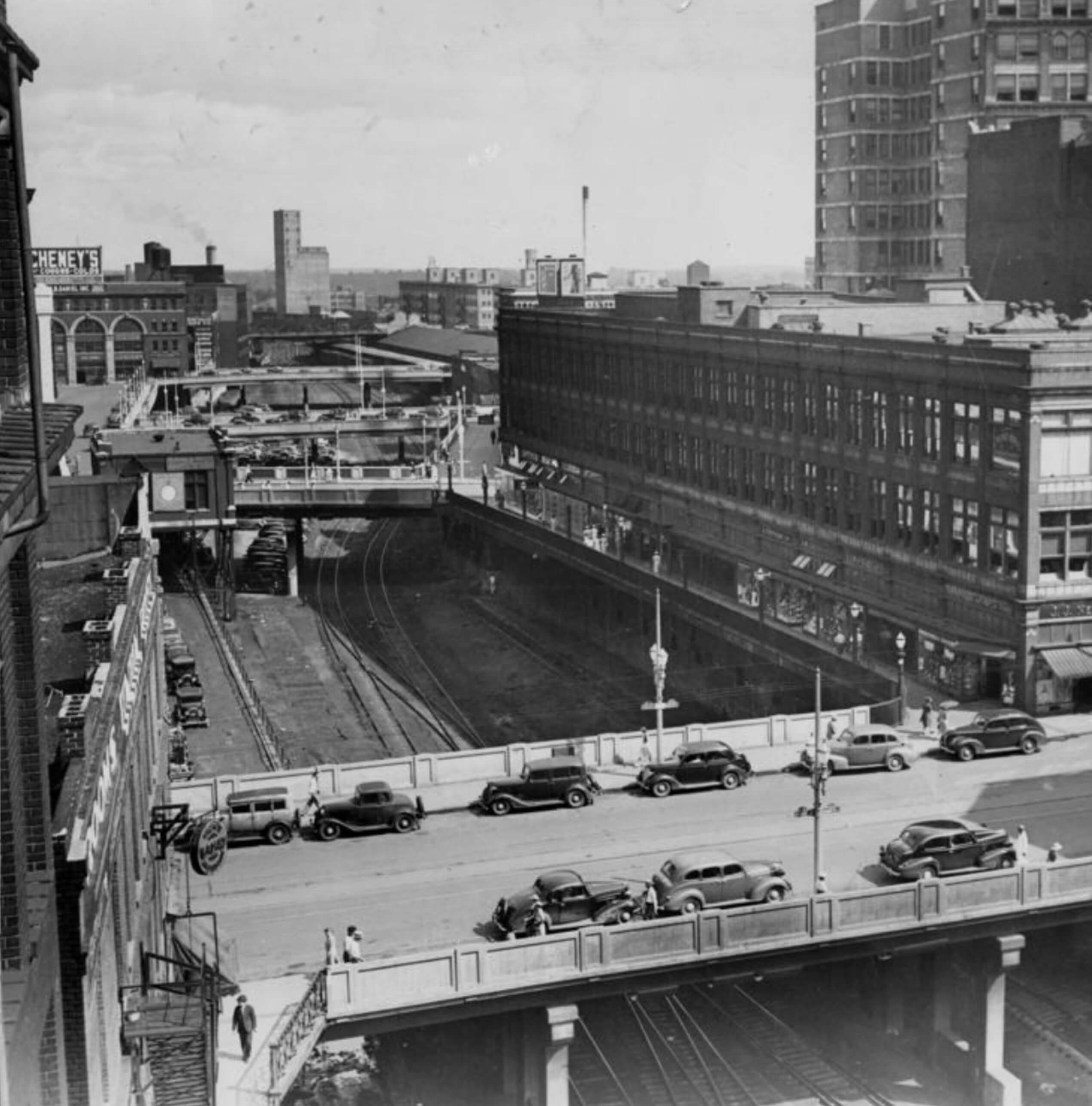
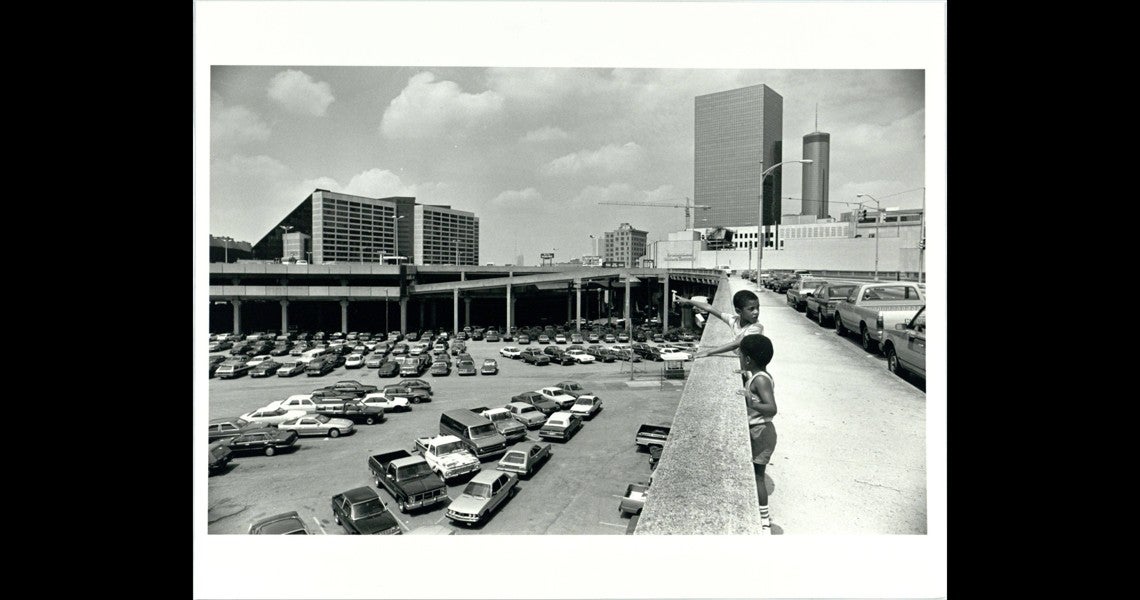
I also briefly turned the wrong way down a one way street. See if you can spot when.
And now for some brief DOTS.
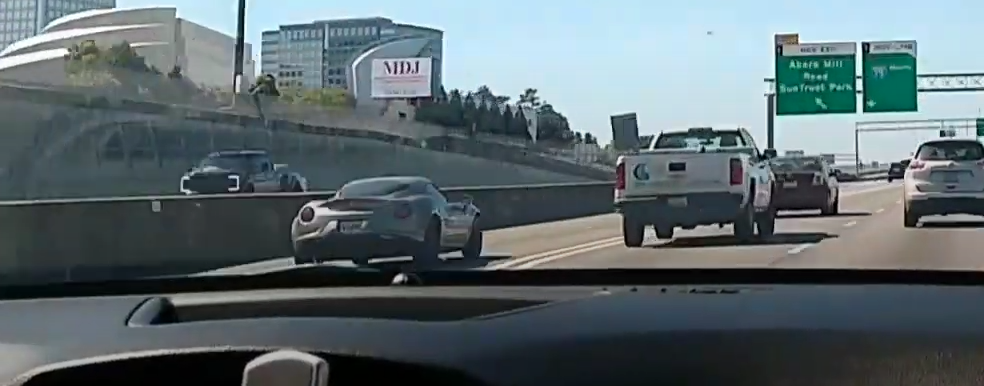
I havenít seen many Alfa 4Cs at all.
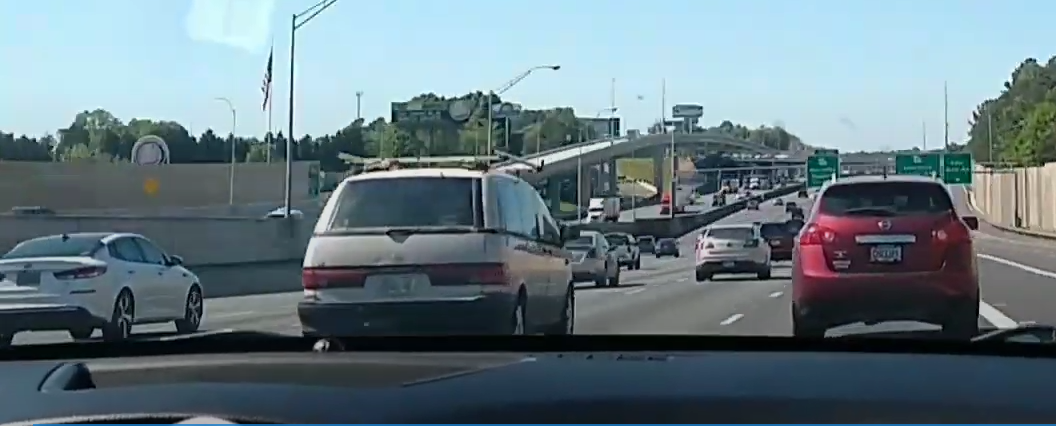
Toyota Previa work van!
So, what did you think? I really should make a dedicated post on the unusual viaduct situation in Atlanta since I find it so fascinating.
 Ash78, voting early and often
> Who is the Leader - 404 / Blog No Longer Available
Ash78, voting early and often
> Who is the Leader - 404 / Blog No Longer Available
04/17/2020 at 12:18 |
|
Itís like a really mundane version of the Walking Dead :)
During a normal workday, those highway speeds are actual, not time lapse.
Those viaducts are also the way Underground Atlanta came into existence. I used to think it was literally underground, but itís not. Like something out of a dystopian sci-fi movie.
I sometimes wonder what all these places will look like a few thousand years from now. The amount of buildup over time is incredible, especially places in the Roman Empire. There might be 20-30 vertical feet between the remnants of the first inhabitants to the last...and that was before they had high rises and large-scale construction projects.
 Ready for an adventure!
> Who is the Leader - 404 / Blog No Longer Available
Ready for an adventure!
> Who is the Leader - 404 / Blog No Longer Available
04/17/2020 at 12:21 |
|
Altoids!
 Ready for an adventure!
> Who is the Leader - 404 / Blog No Longer Available
Ready for an adventure!
> Who is the Leader - 404 / Blog No Longer Available
04/17/2020 at 12:22 |
|
and yes, tell us about the unusual viaduct situation in Atlanta. What happened there? †
 Who is the Leader - 404 / Blog No Longer Available
> Ready for an adventure!
Who is the Leader - 404 / Blog No Longer Available
> Ready for an adventure!
04/17/2020 at 12:28 |
|
Sadly now depleted. Wintergreen.
 Ash78, voting early and often
> Who is the Leader - 404 / Blog No Longer Available
Ash78, voting early and often
> Who is the Leader - 404 / Blog No Longer Available
04/17/2020 at 12:32 |
|
I only recently learned Altoids are made in Chattanooga (as of several years ago).
 Who is the Leader - 404 / Blog No Longer Available
> Ash78, voting early and often
Who is the Leader - 404 / Blog No Longer Available
> Ash78, voting early and often
04/17/2020 at 12:34 |
|
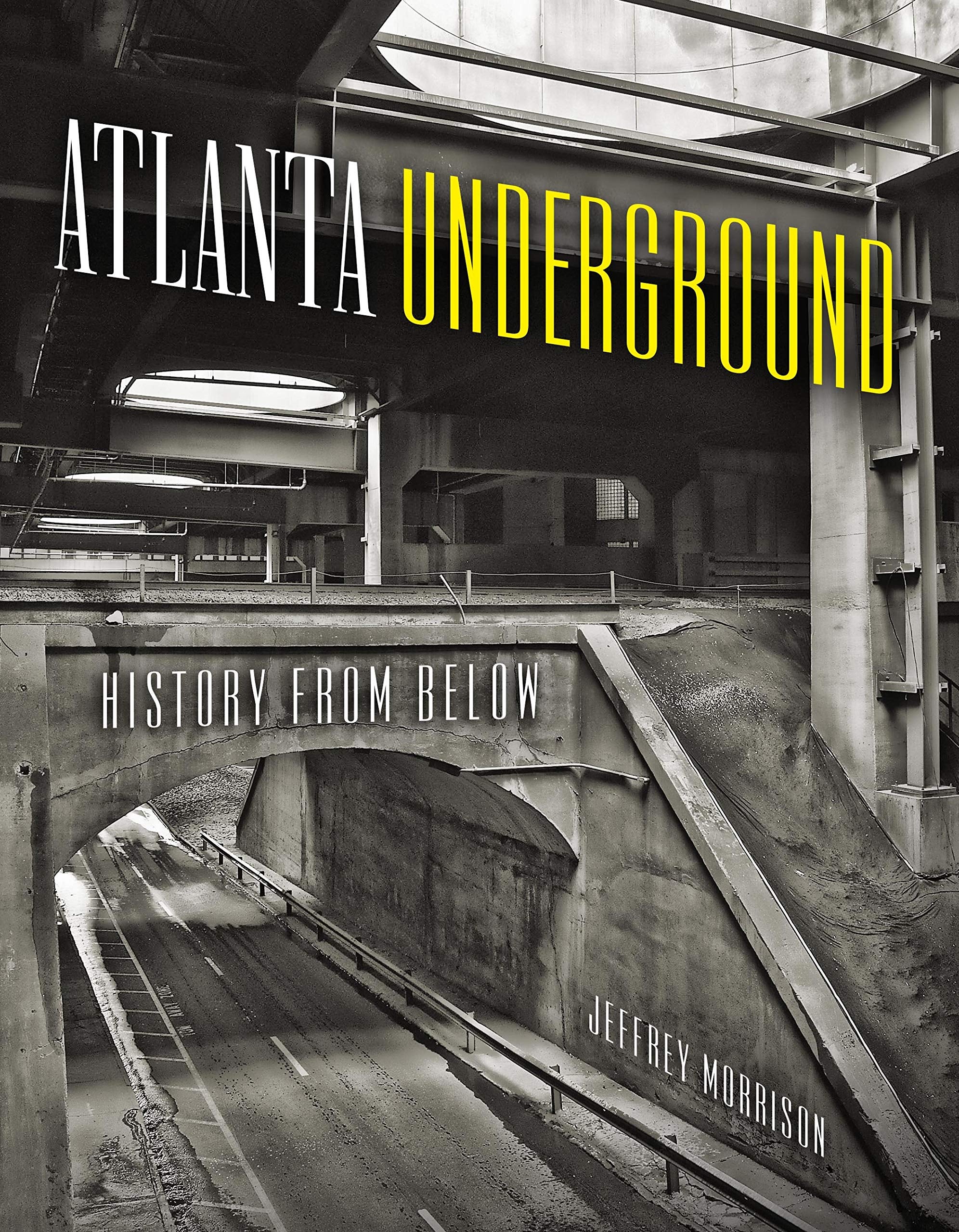
I would highly recommend this book if you like history. The whole situation is utterly fascinating with how much is under the surface. There are other streets that still have the original building facades under the viaducts, but most of these are closed off for utilities.
And if you look at old world places where one city was destroyed and the new one built on top of it, there is often a startling amount of buildup, like you said. Sort of the same thing here except they just built over old infrastructure, leaving it intact underneath.
Also, donít you mean that during a normal workday the streets would be like slow motion not sped up?
 Who is the Leader - 404 / Blog No Longer Available
> Ash78, voting early and often
Who is the Leader - 404 / Blog No Longer Available
> Ash78, voting early and often
04/17/2020 at 12:36 |
|
Really? I didnít know that either. Curiously strong mints made by curiously strong people.
 Ash78, voting early and often
> Who is the Leader - 404 / Blog No Longer Available
Ash78, voting early and often
> Who is the Leader - 404 / Blog No Longer Available
04/17/2020 at 12:43 |
|
Touche. Non-rush hour highways, at least :)
Thanks for the book recommendation!
 Who is the Leader - 404 / Blog No Longer Available
> Ready for an adventure!
Who is the Leader - 404 / Blog No Longer Available
> Ready for an adventure!
04/17/2020 at 13:03 |
|
Atlanta began as a surveyorís stake stuck in the ground to mark a major railroad junction. It grew around a massive network of sidings and junctions in its center, so massive bridges were constructed to get people over the myriad tracks. Businesses trying to get as close to the passenger stations as possible began building on the false elevated street level and it only escalated from there, leaving many old facades intact under the neglected lower streets. This is all different now but the elevated viaducts remain, usually with no tracks left to bridge